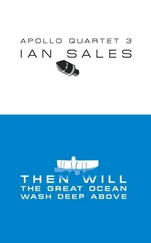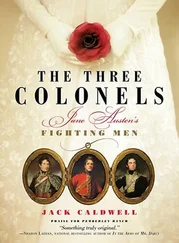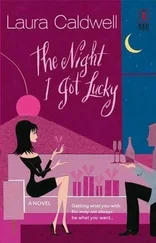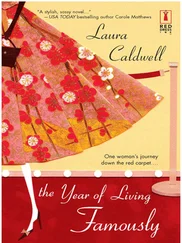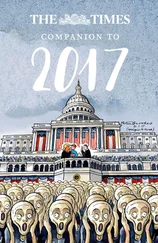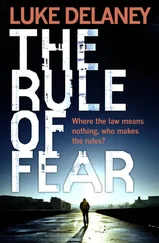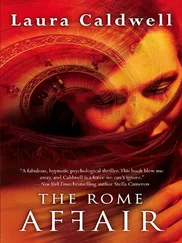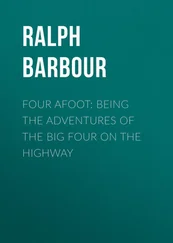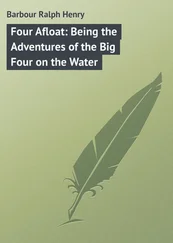I'll tell Paul, I said, the best and most truthful thing I could, I'm going to stop working on the book.
Redemption. The realization that I wasn't putting up a fight, that I'd finally figured out what was best for my own happiness, was enough to make Katie do something I think she was saving for much later, after I was back on the wagon for sure. She kissed me. And that moment of contact, like the lightning that gave the monster his second shot at life, created a new beginning.
I didn't see Paul that night; I spent it with Katie and ended up telling him my decision the next day at Dod. He, too, seemed unsurprised. I'd been suffering so much with Colonna that he sensed I might throw in the towel at the first sign of relief. He'd been persuaded by Gil and Charlie that it was the best thing anyway, and somehow he didn't hold it against me. Maybe he guessed I'd be back. Maybe he'd come far enough to think he could finish the riddles alone. Whatever it was, when I finally told him my reasoning-the lesson of Jenny Harlow and Carracci's engraving-he seemed to agree. I could tell from his expression that he knew more about Carracci than I did, but he never once corrected me. Paul, who had more reasons than anyone to believe that some interpretations are better than others, and that the right ones make all the difference, was generous about my spin on things, the same way he'd always been. It was more than his way of showing respect, I think; it was his way of showing friendship.
It's better to love something that can love you back, he told me. It was the only thing he needed to say.
What began as Paul's thesis, then, became Paul's thesis once more. At first, it looked as if he might pull it off alone. The fourth riddle, which had taken a whip to me, came to him in three days. I suspect he'd had the idea all along, but kept it from me because he knew I wouldn't take his advice. The answer was in a book called the Hieroglyphica, by a man named Horapollo, which turned up in Renaissance Italy in the 1420s, purporting to solve the ages-old problem of interpreting Egyptian hieroglyphics. Horapollo, taken by humanists to be some kind of ancient Egyptian sage, was in fact a fifth-century scholar who wrote in Greek and probably didn't know much more about hieroglyphics than Eskimos know about summer. Some of the symbols in his Hieroglyphica involve animals that aren't even Egyptian. Still, amidst the humanist fervor over new knowledge, the text became wildly popular, at least in the small circles where wild popularity and dead languages weren't mutually exclusive.
The night-owl, according to Horapollo, is a symbol of death, for the night-owl suddenly descends upon the young of the crow in the flight, as death comes upon a man suddenly. An eagle with a twisted beak, Horapollo wrote, signifies an old man dying of hunger, for when the eagle grows old, he twists his beak and dies of hunger. The blind beetle, finally, is a glyph that means a man has died from sunstroke, for a beetle dies when blinded by the sun. Cryptic as Horapollo's reasoning was, Paul knew immediately that he'd fixed on the right source. And he saw very quickly what the three animals had in common: death. Applying the Latin word for it , mors , as his cipher, he produced Colonna's fourth message.
You who have come so far are joined by the philosophers of my day, who in your time are perhaps the dust of ages, but who in mine were the giants of mankind. 1 am soon to put upon you the burden of what remains, for there is much to tell and I grow fearful that my secret is too easily spread. But first, out of deference to your accomplishment, I will offer you the beginnings of my story, so that you will know I have not led you this far in vain.
There is a preacher in the land of my brethren who has brought a great pestilence upon the lovers of knowledge. We have battled him with all our wit and influence, but this single man raises our countrymen against us. He thunders in the squares and from the pulpits, and the common men of all nations take up arms to do us harm. Just as God, out of jealousy, brought to nothing the tower in the plain of Shinar, which men built toward the heavens, so He raises His fist against us, who attempt the very same. I did long ago hope that men wished to be delivered from ignorance, just as slaves wish to be freed from bondage. It is a condition unbecoming our dignity, and contrary to our nature. Yet I find now that the race of men is a cowardly thing, a perversion like the owl of my riddle, which though it might enjoy sunlight, prefers darkness. You will hear no more of me, reader, upon the completion of my crypt. To be a prince to such people as this, is to be a castled kind of beggar. This book will be my only child; may it live long, and serve you well.
Paul hardly paused to contemplate it; he pushed on to the fifth and final riddle, which he'd found while I struggled with the fourth: Where do blood and spirit meet?
It's the oldest philosophical question in the book, he told me, while I puttered around the room, preparing for a night with Katie.
What is?
The intersection of mind and body, the flesh-spirit duality. You see it in Augustine, in contra Manichaeos . You see it in modern philosophy. Descartes thought he could pinpoint the soul somewhere near the pineal gland in the brain.
He continued that way, paging through a book from Firestone and sputtering philosophy, while I packed.
What are you reading? I asked, pulling my copy of Paradise Lost off the shelf to bring with me.
Galen, Paul said.
Who?
The second father of western medicine, after Hippocrates.
I remembered. Charlie had studied Galen in a history of science class. By Renaissance standards, though, Galen was no spring chick: he died thirteen hundred years before the Hypnerotomachia was published.
Why? I asked.
I think the riddle is about anatomy. Francesco must've believed there was an actual organ in the body where blood and spirit met.
Charlie appeared in the doorway with the remains of an apple in his hand. What are you amateurs talking about? he said, hearing talk of things medical.
An organ like this, Paul said, ignoring him. The rete mirabile. He pointed to a diagram in the book. A network of nerves and vessels at the base of the brain. Galen thought this is where vital spirits turned into animal ones.
What's wrong with it? I asked, checking my watch.
I don't know. It doesn't work as a cipher.
That's because it doesn't exist in humans, Charlie said.
What do you mean?
Charlie looked up and took a last nibble from his apple. Galen only dissected animals. The rete mirabile's something he found in an ox or a sheep.
Paul's expression faded.
He also made a meal of cardiac anatomy, Charlie continued.
There's no septum? Paul said, as if he knew what Charlie meant.
There is. There just aren't any pores in it.
What's a septum? I asked.
The wall of tissue between the two sides of the heart. Charlie walked over to Paul's book and flipped through it to find a diagram of the circulatory system. Galen got it all wrong. He said there were little holes in the septum where blood passed between the chambers.
There aren't?
No, Paul snapped, beginning to sound as if he'd been working on this longer than I thought. But Mondino made the same mistake about the septum. Vesalius and Servetus figured it out, but not until the mid-1500s. Leonardo followed Galen. Harvey didn't describe the circulatory system until the 1600s. This riddle is from the late 1400s, Charlie. It has to be the rete mirabile or the septum. No one knew that air mixed with blood in the lungs.
Charlie chuckled. No one in the West. The Arabs figured it out two hundred years before your guy wrote his book.
Читать дальше


